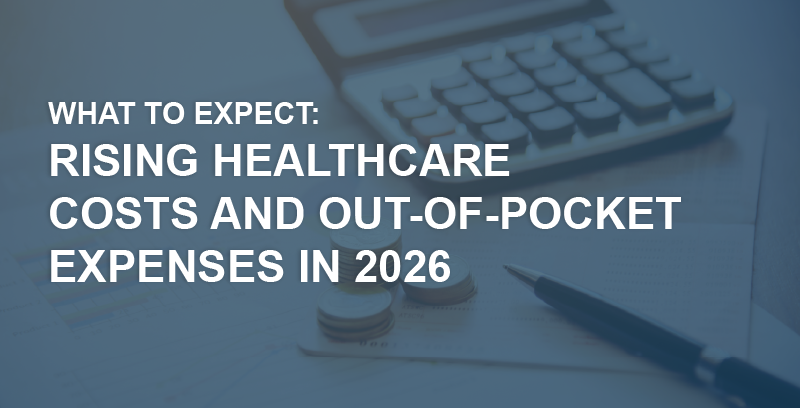As we move into 2026, U.S. healthcare costs are once again on the rise, placing continued pressure on healthcare providers, revenue cycle management (RCM) companies, and patients alike. With new IRS and HHS thresholds increasing deductibles and out-of-pocket maximums across most health plans, Americans are shouldering a larger share of their healthcare expenses amid persistent inflation, workforce shortages, and rising provider costs.
Rising Deductibles and Out-of-Pocket Maximums
The IRS has announced higher limits for high-deductible health plans (HDHPs) in 2026.
- Minimum deductible: $1,700 for individual coverage and $3,400 for family coverage (up from $1,650 and $3,300 in 2025).
- Maximum out-of-pocket (OOP) costs: $8,500 for individuals and $17,000 for families, up from $8,300 and $16,600 last year.
For Affordable Care Act (ACA)–compliant, non-grandfathered plans, the maximum annual cost-sharing limits will also increase:
- $10,600 for individual coverage
- $21,200 for family coverage
These adjustments mean patients must spend more before insurance begins to pay, further widening the affordability gap between coverage and care.
Economic Forces Driving Healthcare Cost Growth
Several powerful forces continue to push healthcare costs upward in 2026:
- Persistent Inflation: Costs for hospital services, supplies, and prescription drugs remain elevated, keeping medical inflation well above the general consumer price index.
- Specialty Drug Spending: Expensive therapies for chronic conditions, especially GLP-1 medications for diabetes and weight loss, continue to strain both insurer and employer budgets.
- Labor Shortages: Ongoing healthcare staffing shortages are pushing hospitals and provider groups to raise wages, further increasing the cost of care delivery.
- Utilization Rebound: Patients who delayed care during the pandemic continue to return for treatment, raising overall healthcare utilization rates.
According to recent projections, employer health plan costs are expected to rise between 7% and 9% in 2026, one of the steepest year-over-year increases in more than a decade.
Employers Respond by Shifting Costs to Employees
To manage rising premiums and medical claims, many employers are continuing a trend toward cost-sharing strategies. This includes:
- Raising deductibles, copays, and coinsurance thresholds.
- Encouraging enrollment in HDHPs with Health Savings Accounts (HSAs).
- Introducing narrow network or tiered coverage options to control provider costs.
While these measures help employers manage expenses, they also mean employees and their families will face higher out-of-pocket responsibilities before coverage begins, often leading to delayed care, medical debt, or payment challenges.
Preparing for Higher Healthcare Costs in 2026
With higher deductibles, growing out-of-pocket limits, and climbing premiums, healthcare providers and RCM companies must adapt to ensure financial sustainability while supporting patients facing greater financial strain.
Effective patient financial engagement is no longer optional, it’s essential. Platforms like Raxia empower providers to streamline billing, automate payment workflows, and deliver a transparent, patient-friendly financial experience.
Raxia’s AI-driven platform enables:
- Flexible payment plans and automated recurring payments
- Real-time balance updates and digital reminders
- Integrated payment posting within existing EHR or PM systems
By reducing friction in the patient payment journey, Raxia helps providers maintain strong cash flow while making it easier for patients to understand, plan, and manage their healthcare expenses.
In a year marked by rising costs and shifting responsibilities, having the right financial engagement technology ensures healthcare organizations can stay efficient, compliant, and patient-focused, even as the financial landscape continues to evolve.


